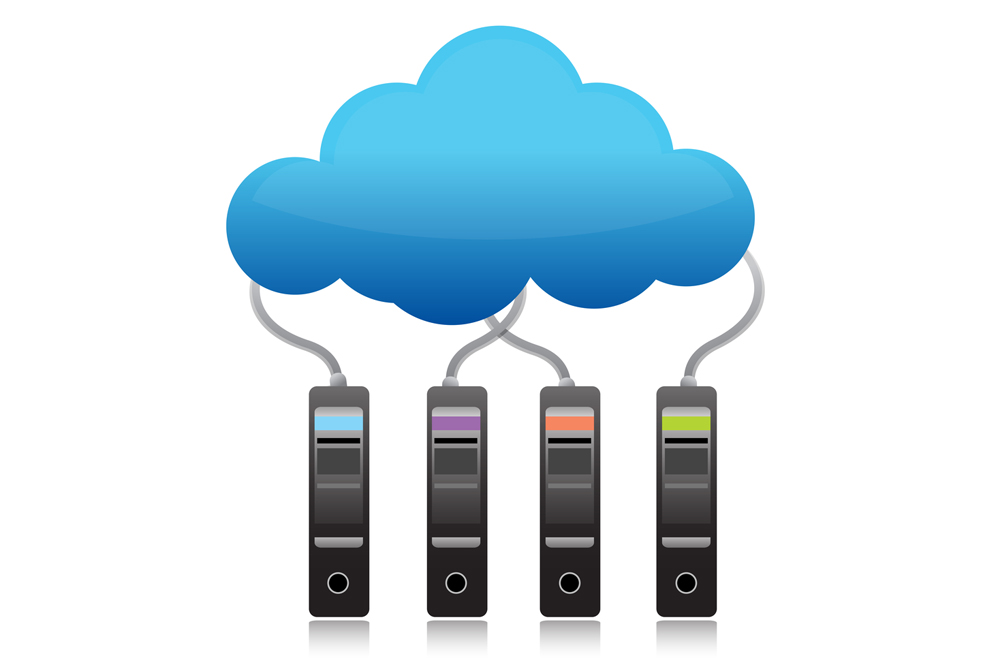Technological advancements have seen to it that cloud computing is gaining continuous prominence all over the world. A high number of public and private sector operators have already adopted cloud computing.
With the underlying importance of data security, cloud computing has equally received negative attention, where business owners still find it challenging to trust and adopt a new way of storing and managing their data.
When considering the migration of your data backup to the cloud, it’s crucial to explore robust solutions like Office 365 Backup to ensure the security and accessibility of your critical information.
Since transitioning to cloud services can be overwhelming, you must be intentional about learning how to move your data to the cloud securely. Lucky for you, look no further; this article covers several tips to help in achieving that goal.
Establish a consistent backup routine
In every business, every day marks an increase in data generation. Depending on how big your enterprise is, and how much data you generate in a single day, come up with a consistent backup frequency.
While there is no rule on the recommended frequency, you can lean back on the question of, how much data are you willing to lose in case of a disaster? For your backup routine, incorporate both manual and automatic backups. Set a particular time and day for full backups, keeping the rest incremental and partial backups.
Master your data backups
Firstly, not all data deserves to be backed up on the cloud and to save space; you must narrow down to the vital information. If you can effortlessly regenerate it, or will not need it in the future, it should not make it to the cloud.
Further, mastering your data helps you to organize before you can move the files to the cloud, more like an analogy of house cleaning. This way, you can trace back every piece of information you move to the cloud, avoiding duplication or erroneous deletion of essential data.
Analyse and understand the Identity and Access Management (IAM) of your data
Cloud services come with different role responsibilities and demarcation points for data backed up on the cloud. It is for this reason that you must understand who has the rights of ownership for the backed up data, and who has direct control over the management and manipulation of the data.
For example, if you resolve for MySQL backup service with ottomatik, you want to be aware of who else has access to your backups, other than the people you directly grant access. It helps to countercheck your cloud service providers, so you can be sure that the management of your information is in your control. Ideally, when you move your data to the cloud, your customers should have control over what happens to their cloud environments, and not the service providers.
Apply encryption to your files
In any backup method, security should be a priority, followed by storage concerns. Before you move your data backups to the cloud, be sure you have generated a secure encryption code to use for your files and folders. The encryption goes a long way in restricting access to unauthorized persons, and is an extra layer of security, next to controlling access.
As you apply encryption, consider which data deserves encryption, and who has access to the encryption codes. The goal is to ensure you have most, if not all, control over the administration of your backups.
Train personnel on cloud computing
Cloud computing is yet to be fully accepted by the entire population in the world, and while your IT personnel might be aware of what it entails, the rest of your staff must be let in on the necessity of moving data to the cloud.
You must remember that a lot of data loss is experienced due to human error, which is why you must train your staff on the backup and retrieval process. While all personnel in the workplace should not have access to all the information in the cloud, they should be able to access the information that regards their duties in the workplace. Train them on basic habits of cloud computing like the frequency to backing up data.
Test your restore controls
The essence of moving to the cloud is not only to store data securely but also for restoration purposes. It is not enough to trust that your data is safely backed up. You must be deliberate in checking the restoration controls, to weigh out whether or not you can get any information back, even after a long period.
Ideally, you must be alert to check out for the duration it would take to restore data, and whether or not the restoration process will stall other functions and operations. From this point, you are better placed at developing a contingency plan after data loss, as well as aid in training your staff, emphasizing a culture of carefulness.
Migrating your business to the cloud is wise move that strings along a couple of benefits, and the above-mentioned tips will help you to have a smooth and sustainable transition to the cloud.
Related Posts












